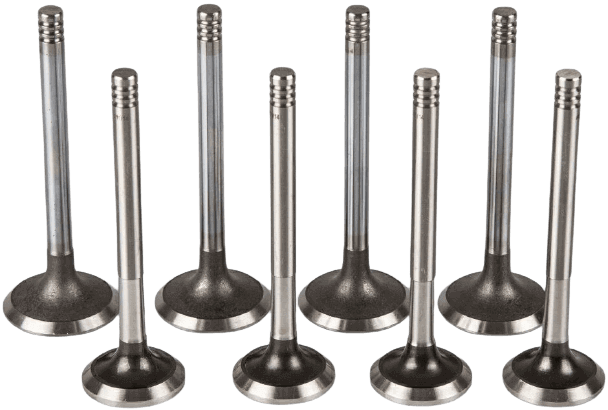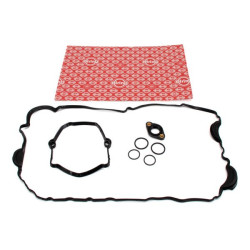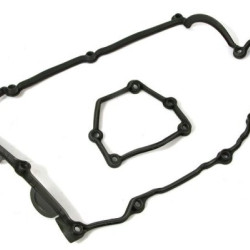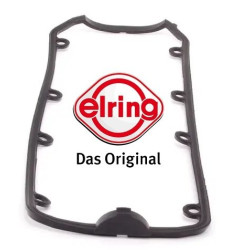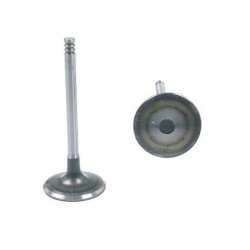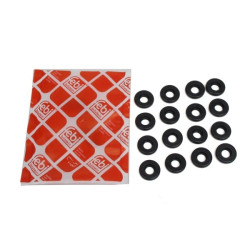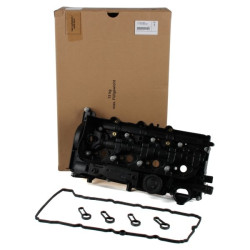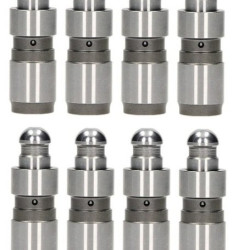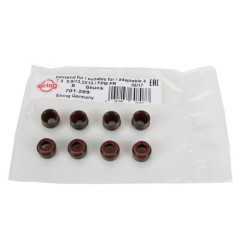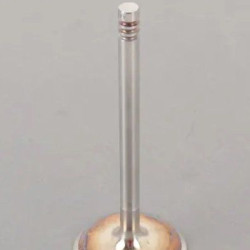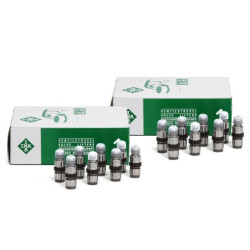BMW Valve Set
BMW Valve Set; It is the name given to the whole of the parts that adjust the passage of fluids in vehicles, held tight with the help of a spring and moving up and down vertically.
BMW Valve: Features and Historical Development
Valves are one of the critical components of internal combustion engines. They control the intake of the air-fuel mixture into the combustion chamber and the exit of exhaust gases after combustion. The valves used in BMW vehicles are designed to provide high performance and durability. In this article, we will examine what BMW valves are, their features, and their historical development.
Features of Valves
BMW valves are specially designed and manufactured to ensure the efficient and durable operation of the engine. Here are some key features of BMW valves:
High Strength and Durability: BMW valves are made from high-strength alloys. This provides durability under high temperature and pressure for a long time.
Heat Resistance: Valves are designed to withstand the high temperatures that occur in the combustion chamber. Materials with high thermal conductivity and durability are used.
Low Friction: Valve surfaces are processed to provide low friction and wear. This increases engine efficiency and extends the lifespan of components.
Precision Manufacturing: BMW valves are manufactured with a precision of one-thousandth of a millimeter. This helps the valves fit perfectly within the engine and minimizes leakage.
Corrosion Resistance: Valves are produced using high-quality materials and coatings, providing high resistance to corrosion.
Historical Development
The historical development of BMW valves has continuously undergone innovations and improvements with advancements in automotive engineering. Here are some key points regarding the historical development of valves:
Early Periods (1900s): The valves used in early engines were generally made of cast iron. These materials provided adequate performance at low RPM and power levels, but durability issues arose under high temperature and pressure.
Middle Period (1950s-1970s): During this period, the use of steel and alloys became widespread. Lighter and more durable materials improved engine performance and efficiency. Additionally, significant improvements were made in valve designs.
Modern Period (1980s-Present): Today, BMW valves are produced using advanced engineering techniques and high-quality materials. Computer-aided design (CAD) and manufacturing (CAM) technologies allow for more precise and efficient production of valves. Additionally, coating technologies and surface processing techniques provide low friction and high durability.
High-Performance Applications (2000s and Beyond): In modern high-performance BMW engines, valves have even more advanced features. Innovative materials and manufacturing techniques enable valves to offer higher performance and durability.
Conclusion
BMW valves are critical components that ensure the efficient and durable operation of the engine. Historically, valves have continuously undergone innovations and improvements, which ensures that BMW engines deliver superior performance. Manufactured with high-quality materials and advanced production techniques, BMW valves ensure the smooth and long-lasting operation of the engine. The historical development of valves reflects advancements in automotive engineering, making each new generation of BMW engines more efficient and durable.
 Türkçe
Türkçe
 English
English
 Русский
Русский

